
How Web Design & Development help business.
Website design and development play a crucial role in helping your business by establishing a strong online presence, boosting credibility, and enhancing user experience. A well-designed website builds trust with potential customers, offering a professional, polished appearance that reflects your brand. With a focus on user-friendly navigation, fast loading times, and mobile optimization, it ensures that visitors have a smooth experience, increasing the likelihood of conversions. Additionally, a well-optimized website can improve your visibility in search engine results, driving more organic traffic to your site.
It acts as an always-available marketing tool, providing 24/7 access to information, products, or services, and fostering engagement through features like blogs or contact forms. By offering valuable insights through analytics, a website allows businesses to make data-driven decisions and refine their strategies. In an increasingly digital world, a modern, functional website not only sets you apart from competitors but also supports long-term growth, making it a vital asset for business success.

Why do you invest in Web Development.
Investing in website development for your business is a smart decision because it provides you with a professional online presence that builds credibility and trust with your audience. A well-developed website acts as your digital storefront, available 24/7, allowing potential customers to learn about your products or services, contact you, or make purchases at their convenience. It also enhances your reach by making your business visible to a global audience, increasing brand awareness and driving more traffic.
Moreover, a website allows you to gather valuable data through analytics, helping you make informed decisions to optimize your marketing and sales strategies. Additionally, as consumers increasingly rely on the internet to research and interact with brands, having a robust, user-friendly website positions your business for long-term growth and success in an increasingly competitive market.

How should Web Design & Development help Rank Your Website
Website design and development play a significant role in improving your website’s ranking on search engines. Here’s how good design and development can help boost your site’s SEO (Search Engine Optimization):

Mobile-Friendly Design
Search engines like Google prioritize mobile-friendly websites because more people browse the internet on mobile devices.
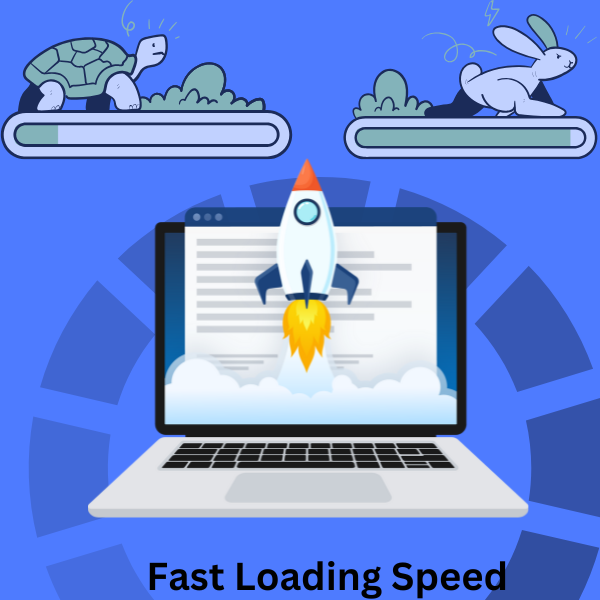
Fast Loading Speed
Websites that load quickly provide a better user experience. Slow websites tend to frustrate users, leading them to leave before the page fully loads.
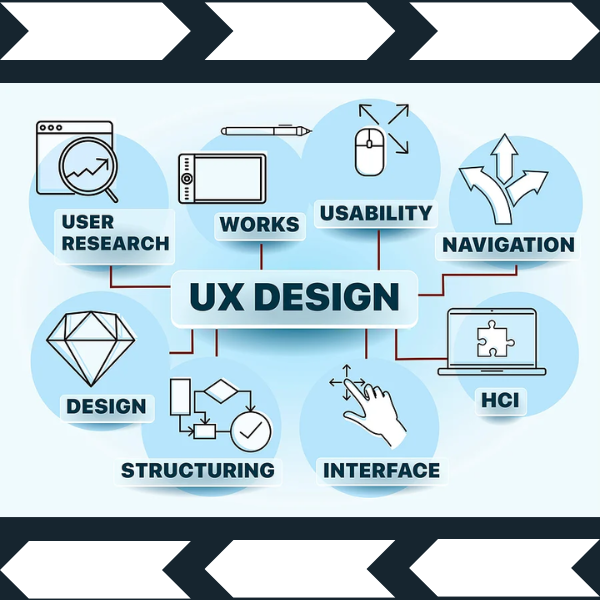
User Experience (UX) Design
A well-designed website with easy navigation, clear calls to action, and an intuitive structure makes it easy for visitors to find the information they need.

SEO-Friendly URLs
SEO-friendly URLs are short, descriptive, and include relevant keywords. Search engines prefer URLs that clearly reflect the content of the page.

Quality Content & Structured Data
A website needs to have high-quality, relevant, and regularly updated content that meets the needs of users.
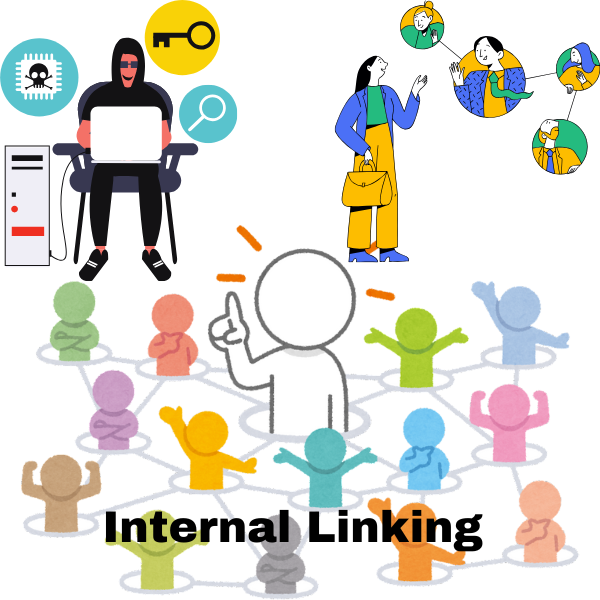
Internal Linking
A logical site structure with clear internal linking makes it easier for both users and search engines to navigate the site.

Security (HTTPS)
Google considers HTTPS a ranking signal, so switching to HTTPS can improve your rankings and make users feel more confident when browsing your site.

Optimized Images & Media
Large images can slow down your website, so it’s essential to optimize images for faster loading times.
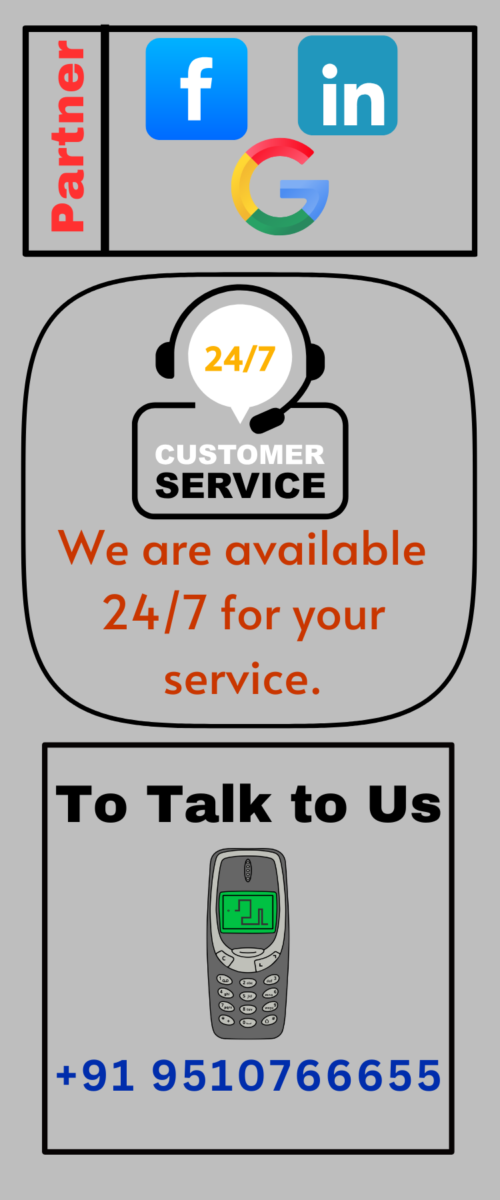
Contact Form
Our Web Designing Process
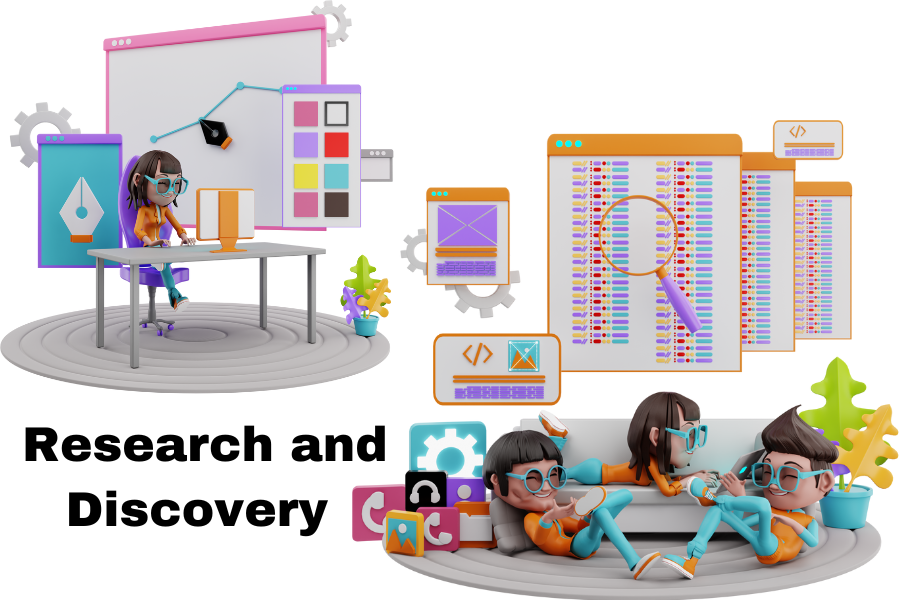
Research and Discovery
Research and Discovery in web design is the foundational phase where designers and developers gather essential information to understand the client’s goals, target audience, and overall project requirements. This step often involves meeting with the client to discuss their vision for the website, the purpose it will serve, and the specific features or functionality required.
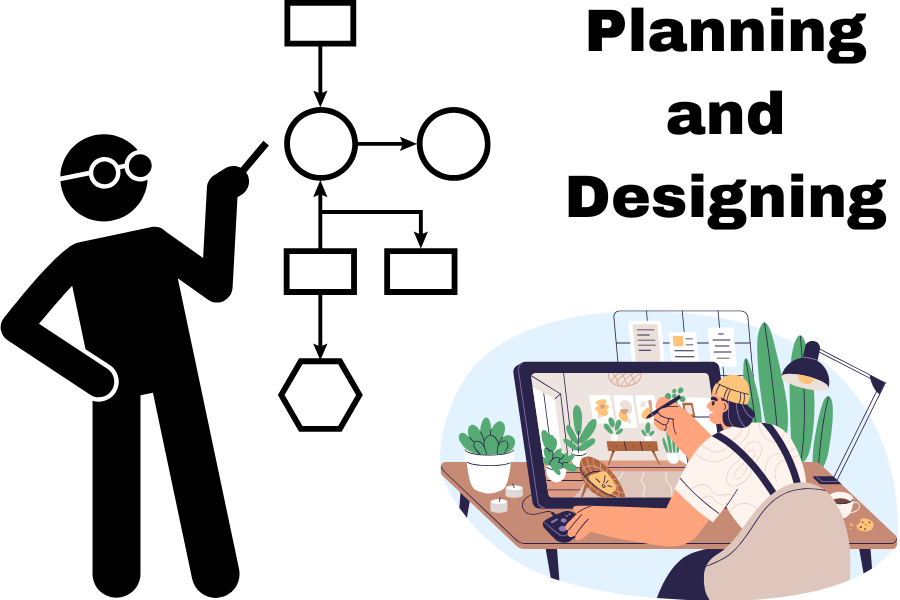
Planning and Designing
Planning and Designing in web design is a crucial phase where the groundwork for the website’s structure, user experience, and aesthetics is laid out. During the planning phase, a sitemap is created to outline the website’s hierarchy, showing how different pages will be connected and organized. This helps ensure that the website’s navigation will be intuitive and user-friendly.
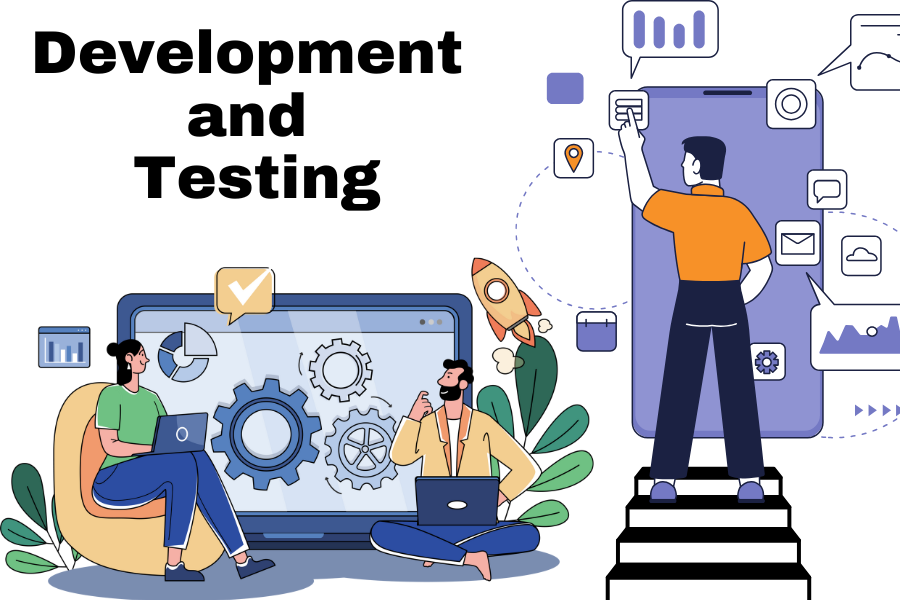
Development and Testing
Development and Testing are key phases in web design that bring the website from concept to a functional, interactive platform. In the development phase, the website’s design is translated into code. Frontend developers use languages like HTML, CSS, and JavaScript to build the user interface, ensuring the website is visually appealing and interactive. At the same time, backend developers handle the server-side logic, setting up databases, and making the site dynamic if needed.
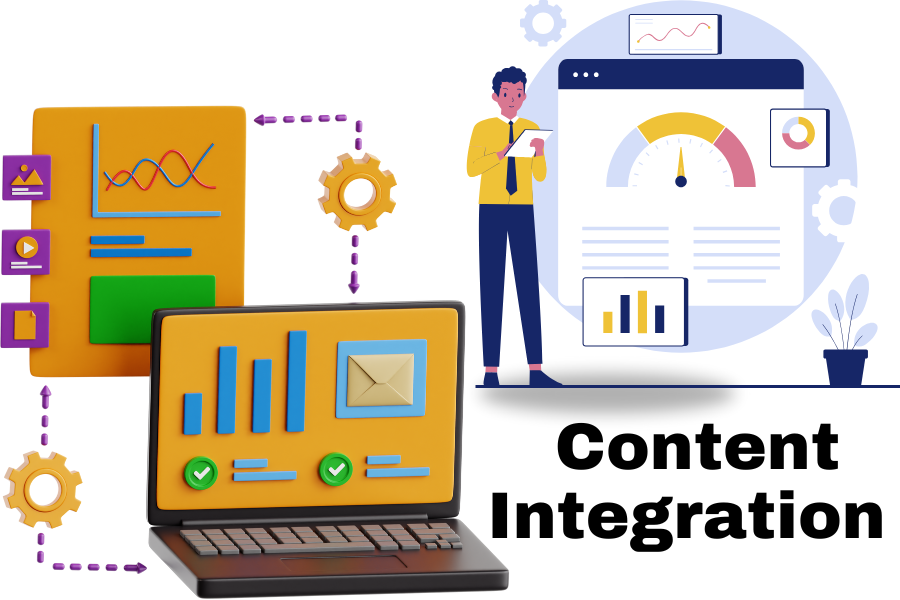
Content Integration
Content Integration in web design is the phase where the website’s content—such as text, images, videos, and other media—is added to the design, ensuring it aligns with the overall strategy and user experience. During this stage, the content is carefully placed within the website’s structure, following the layout and hierarchy defined in the planning and design phases. It is essential to optimize the content for readability, engagement, and SEO.

Coding
Coding in web design is the process of converting the visual design and layout of a website into a functional platform using various programming languages. It involves writing HTML for structure, CSS for styling, and JavaScript for interactive elements like buttons, forms, and dynamic content. The goal is to ensure the website is visually appealing, responsive, and easy to navigate.
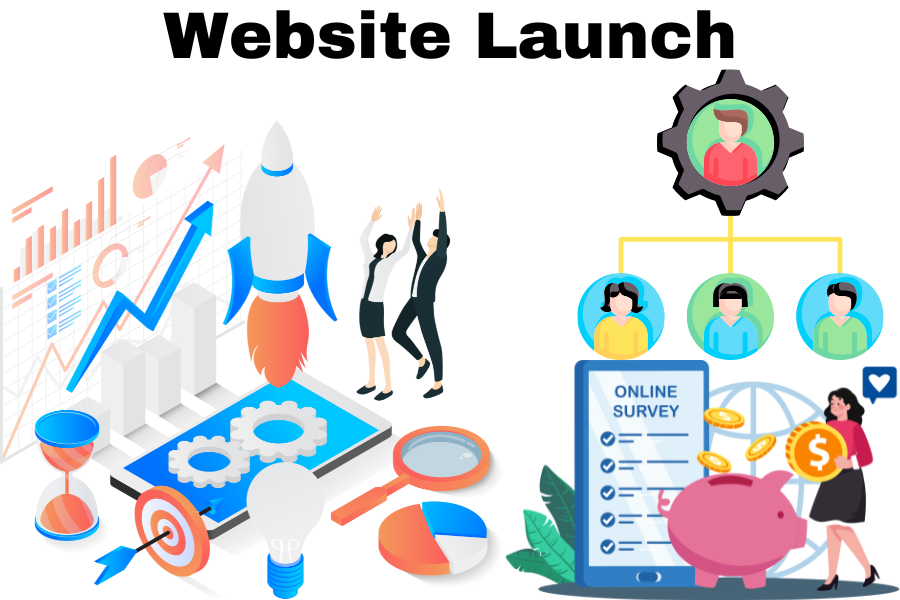
Website Launch
Website Launch is the final step in the web design process, where the completed website is made publicly accessible on the internet. Before launch, the website undergoes final reviews and quality checks to ensure that all features work as expected, content is accurate, and design elements display correctly across different devices and browsers. Once everything is approved, the website is uploaded to the hosting server.